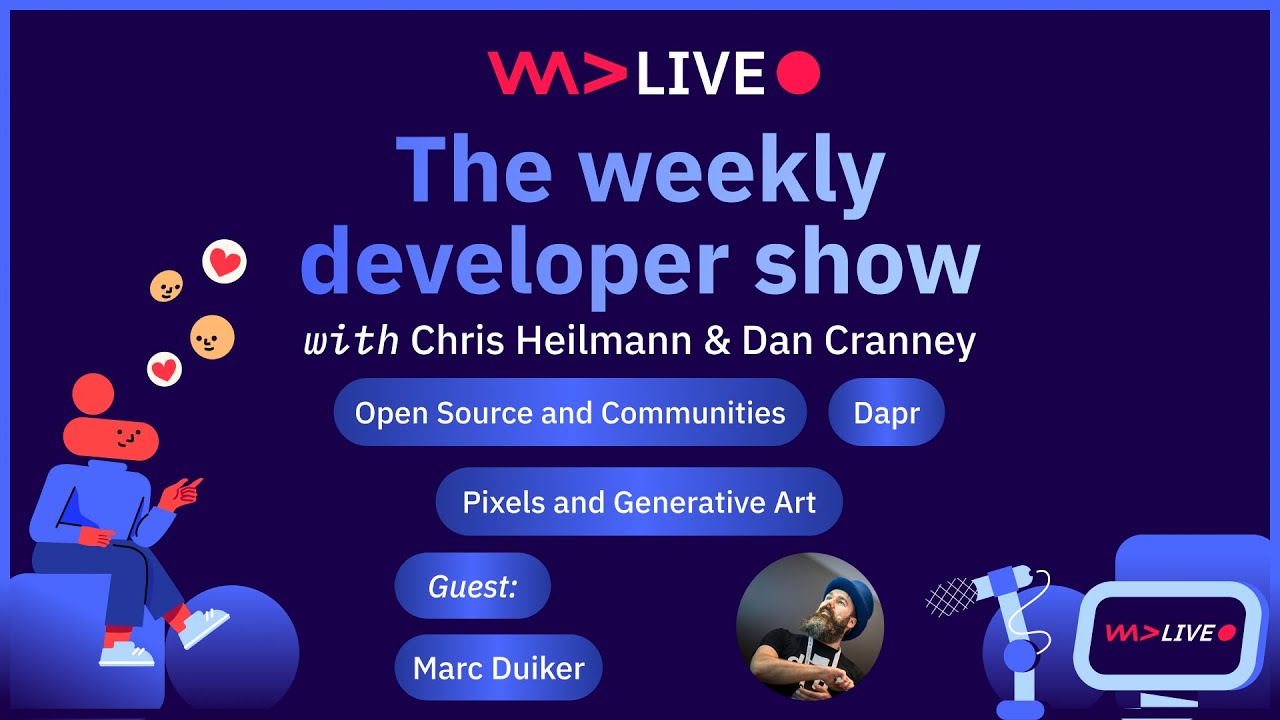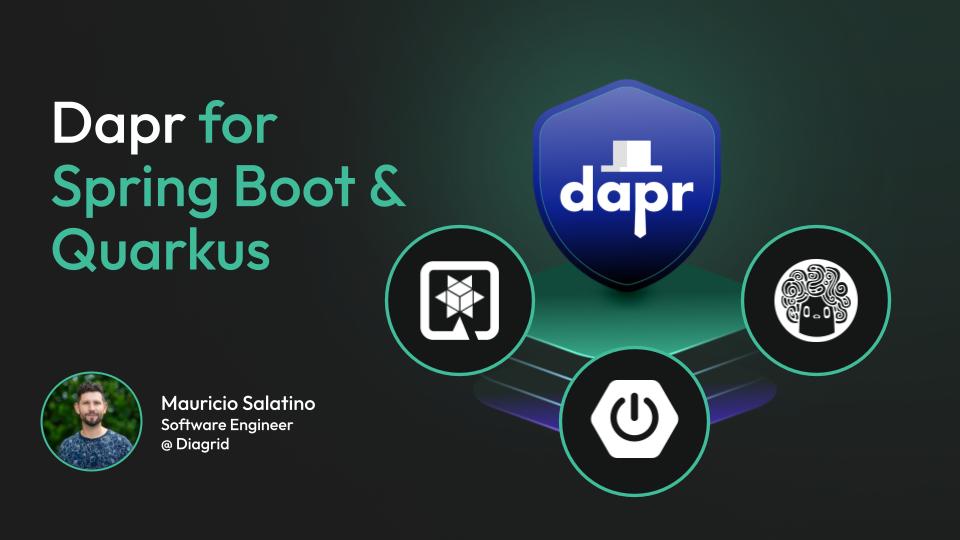You can also listen to this episode on Apple Podcasts.
In this episode, Prateek interviews Mark Fussell, co-creator of the open-source project Dapr (Distributed Application Runtime) and co-founder of Diagrid, shares the origin story of Dapr, designed to simplify building cloud-native, microservices-based applications by offering consistent APIs for common patterns like messaging, workflow, and state management
He explains how Dapr grew to a community of over 40,000 companies, and why Diagrid was founded to support enterprise-grade scalability and support. The conversation covers open-source commercialization strategies, the role of abstractions in infra tooling, and how Diagrid’s products like Catalyst and Conductor help developers reduce complexity.
Mark discusses emerging trends like agentic applications powered by language models, the evolution of platform engineering, and the growing role of AI in backend development. He also shares lessons on startup growth, pricing strategy, and advice for early-stage founders—emphasizing the importance of solving real pain points with the right abstractions and a strong partner.
Explore the episode:
(00:01) Opening and Introduction
(00:09) The Origins of Dapr: Solving Developer Pain
(01:53) Why Launch Diagrid After Building Dapr at Microsoft
(03:36) Why Dapr Gained Traction Among Developers
(05:30) Open Source Commercialization: What to Charge For
(07:51) When Do Companies Turn to Diagrid for Help?
(09:53) Key Features: PubSub, Workflow, and Catalyst(11:48) North Star Metrics and Innovation Philosophy
(13:17) Pricing Strategy for Infra and Dev Tools
(15:28) Competing Against Hyperscalers Like AWS & Azure
(17:32) Who Diagrid Competes With and Role of Platform Engineering
(19:29) The Agentic Shift in Microservices
(21:28) How AI Is Changing Microservices Design
(22:59) What's Coming Next at Diagrid: Roadmap and AI Features
(24:51) Lessons from the First Five Customers
(26:59) Rapid Fire Round




